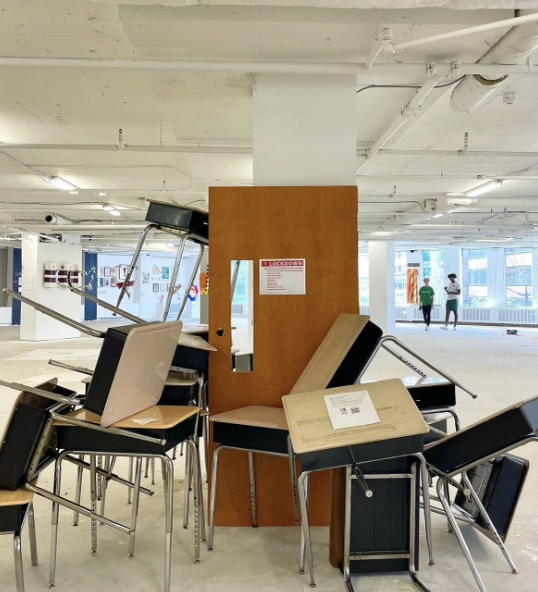Early next year, National Gallery of Art director Earl “Rusty” Powell will retire after more than 25 years at the helm of Washington’s preeminent art museum. The big question now is not just who will replace him but how the institution will navigate a fast-changing world in which nimbler institutions such as the Renwick Gallery and Artechouse have been packing in visitors with boundary-pushing exhibitions.
The NGA has always been a bit stodgy, with high-quality shows that are often more tasteful than dazzling. Though its collection is full of revered artists—it’s the only place in the US where the public can see a Leonardo da Vinci painting, for example—the museum has a history of being less than au courant. It began actively collecting photography only in 1990, and its first major solo show of an African-American artist was less than 15 years ago.
“They need a director who will stop telling us things we already know,” says Tyler Green, who hosts the influential podcast Modern Art Notes and closely observes museum-leadership trends. “The National Gallery has for many years been more interested in reinforcing the canon than expanding it.” A rep for the museum says the goal is to find someone with the sort of qualifications you would expect—deep experience in art history, education, and fundraising. But I believe the new leader will also need to focus on something else: broadening the NGA’s appeal and finding ways to better serve the kind of visitors who are as excited about snapping iPhone pics as staring at Rembrandt paintings.
So who might that be? Names suggested by museum-watchers we talked to include the Minneapolis Institute of Art’s Kaywin Feldman, Ann Philbin of Los Angeles’s Hammer Museum, and Rebecca Rabinow of the Menil Collection in Houston. There are no doubt other, less traditional candidates who could bring even more energy and innovation to the place as well.
What most needs to happen, though, is some reckless, pie-in-the-sky dreaming. The biggest challenge facing museums is not how to attract larger crowds but how to turn casual attendees into real art lovers. The NGA could be a leader in that effort.
When I worked at the Hirshhorn—where I was a writer, editor, and publicist from 2010 to 2016—I puzzled over this problem constantly. It’s maddening: How do you turn outsiders into insiders? It’s not enough to entice visitors with exhibits that look great on Instagram if people aren’t engaging with the ideas in those shows. If you welcome the uninitiated by dumbing things down, you end up with the equivalent of smooth jazz. This is how we turned Duke Ellington into Kenny G. We shouldn’t be okay with that.
One radical but beneficial step the new director could start with: Ditch the museum’s policy against selling pieces in its collection. That strict requirement has always put enormous pressure on curatorial decisions, diminishing the institution’s ability to take risks. When every acquisition is forever, experimentation is virtually impossible.
If the NGA were allowed to get rid of work whose moment has passed, curators would be free to take chances on artists whose moment is right now. Doing so would also open up wall space for more art by women and people of color, whom the museum absolutely must do a better job of embracing.
On the other hand, let’s not get too crazy. The National Gallery is never going to be avant-garde—nor should it be. The museum’s lack of pizzazz is, after all, part of its appeal. “In many, many ways, the National Gallery is still doing things right for who they are and what people expect when they walk in,” says Danielle Rice, who runs a museum-leadership program at Drexel University and worked at the NGA in the 1980s. “It is an incredibly beautiful and serene place of contemplation.”
This article appeared in the June 2018 issue of Washingtonian.


















